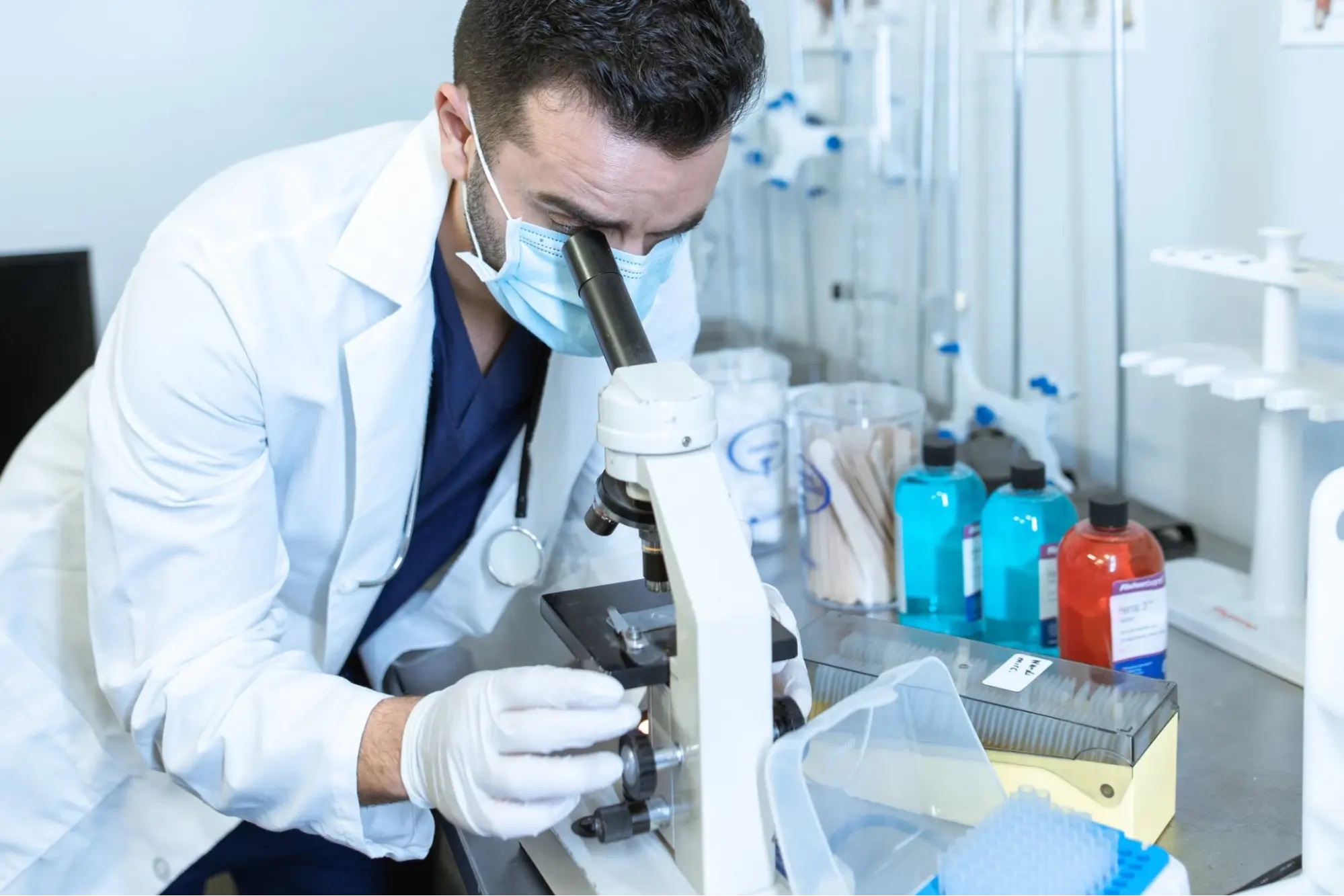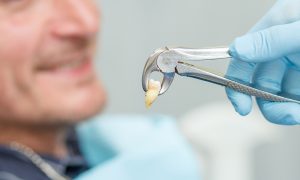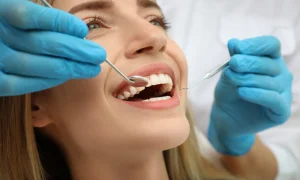
Importance of Biocompatibility in Medical Device Production
Ensuring that medical devices are safe and compatible with the human body is a critical aspect of their development. A meticulously designed biocompatibility test plan is essential for manufacturers to assess potential risks and adhere to regulatory standards. This guide outlines the fundamental steps in creating an effective biocompatibility test plan.
Fundamentals of Biocompatibility Testing
Before embarking on the planning process, it is essential to understand biocompatibility testing. This type of testing evaluates how materials used in medical devices interact with the human body, including the effects of material degradation products. Key assessments include cytotoxicity, sensitization, irritation, and systemic toxicity. A thorough biocompatibility testing strategy ensures the device’s safety for its intended use.
Establishing the Testing Scope
The first step in developing a biocompatibility test plan is defining the scope of testing. It is crucial to comprehend the nature of the device, its intended use, and its interaction with the body (e.g., surface contact, external, or implant). The potential risks associated with the device significantly influence the extent of testing required.
Consulting Relevant Standards and Guidelines
Referencing relevant standards and guidelines is vital for ensuring thoroughness and compliance. The ISO 10993 series provides comprehensive guidelines for the biocompatibility evaluation of medical devices and is instrumental in identifying the specific tests necessary for your device. Adhering to these guidelines ensures that the testing approach aligns with international regulatory expectations.
Conducting a Risk Assessment
Risk assessment is a core component of the biocompatibility test plan. This step involves evaluating the potential risks posed by the device’s materials and their interaction with the body. Factors such as contact duration, the likelihood of leaching compounds, and the intended user demographics are critical considerations. The outcomes of a detailed risk assessment determine the scope and depth of required biocompatibility testing.
Developing the Testing Strategy
Once the scope is defined, standards are reviewed, and risks are assessed, the testing strategy can be formulated. This strategy should detail the specific biocompatibility tests to be conducted, methodologies, and acceptance criteria. It should also address the need for both in vitro and in vivo tests, along with any additional chemical or physical testing required. Ensuring the strategy is adaptable to new findings or regulatory updates is also beneficial.
Implementing the Test Plan and Documentation
The successful execution of a biocompatibility test plan requires meticulous planning and precision. Collaboration with accredited laboratories experienced in biocompatibility testing of medical devices is essential. Maintaining detailed documentation of test protocols, results, and any corrective actions taken throughout the testing process is critical for regulatory submissions and future reference in case of any issues.
Ensuring Biocompatibility Testing Success with JL Tox Consulting
For medical device manufacturers, developing a biocompatibility test plan is both complex and crucial for ensuring product safety and regulatory compliance. JL Tox Consulting offers specialized services tailored to meet these needs, leveraging extensive expertise in biocompatibility testing and regulatory compliance. Partnering with JL Tox Consulting in your biocompatibility testing efforts is a proactive step towards ensuring the safety and regulatory conformity of your medical devices.



